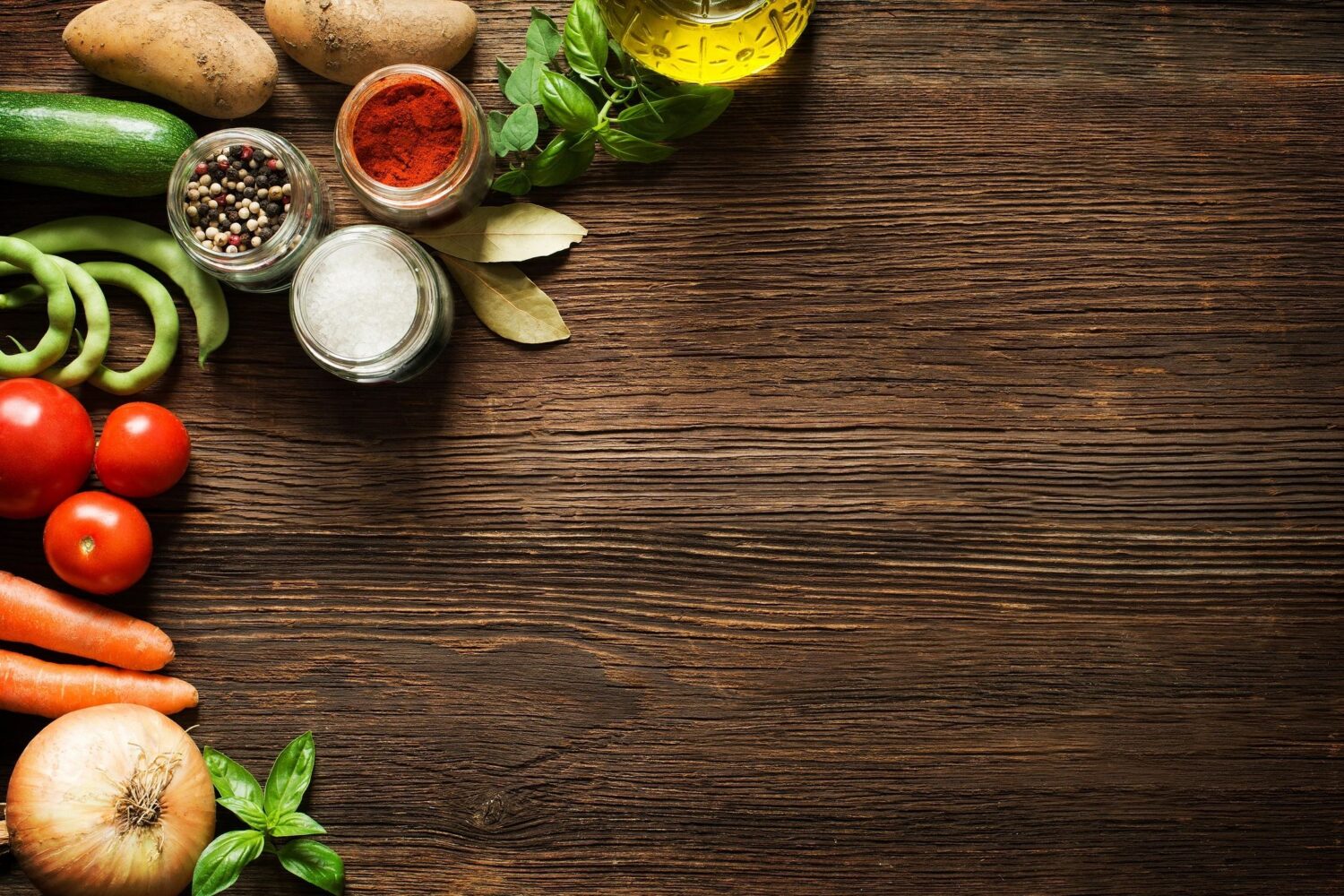Capers are the unopened green flower buds of the Capparis spinosa (Capparidaceae – caper family – closely related to the cabbage family), a wild and cultivated bush that is grown mainly in Mediterranean countries (southern France, Italy, and Algeria) and also in California.
Manual labor is required to gather capers, for the buds must be picked each morning just as they reach the proper size. After the buds are picked, they are usually sun-dried, then pickled in a vinegar brine.
Capers can range in size from that of a tiny peppercorn (the petite variety from southern France, considered the finest) to some as large as the tip of your little finger (from Italy).
Capers generally come in brine but can also be found salted and sold in bulk. Either way, rinse before using to flush away as much salt as possible.
The taste is slightly astringent and pungent, and they can lend piquancy to many sauces and condiments; they can also be used as a garnish for meat and vegetable dishes.
